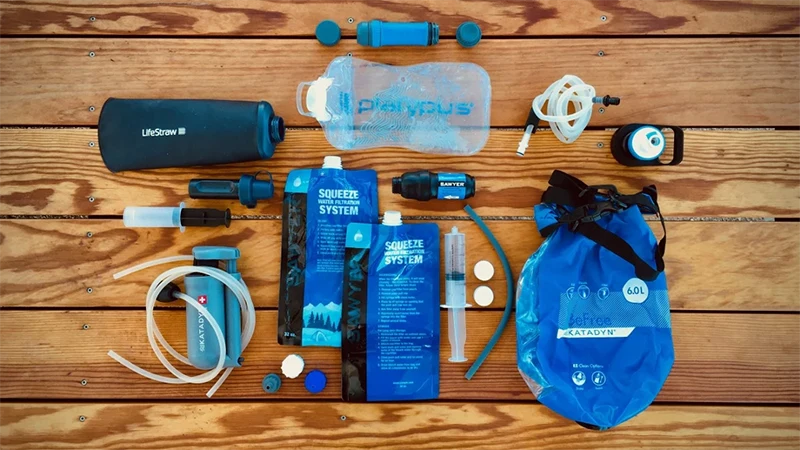

The Best Ultralight Backpacking Gear Actually Worth the Price Tag
Ultralight is not always better.
All gear lies somewhere on a spectrum of weight. At one end is car camping gear that’s built hardy and durable but weighs a ton. At the other end are the paper-thin jackets and tiny toothbrushes of the ultralight and fast-packing world. They have their pros and cons. Big and durable is heavy but can last longer. Thin and light is easier to carry but won’t last through bushwhacking or being abused by kids.
What’s the perfect combination of durable but lightweight? How much do you want to carry and how much do you want to pay?
Here’s some of the best ultralight gear on the market today. Your wallet might tear up a little with this list but just think about how good your legs and back will feel carrying 20 pounds on your back instead of 50.
See the full list by Ross Collicutt on The Manual's website here.
From the Squad
Campfire conversations with our community, from Squad Members and Ambassadors to Brand Partners and the Sawyer team.

















